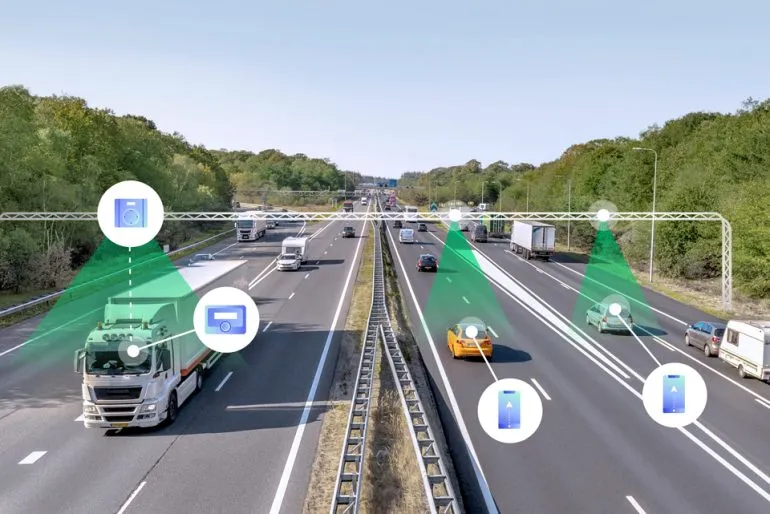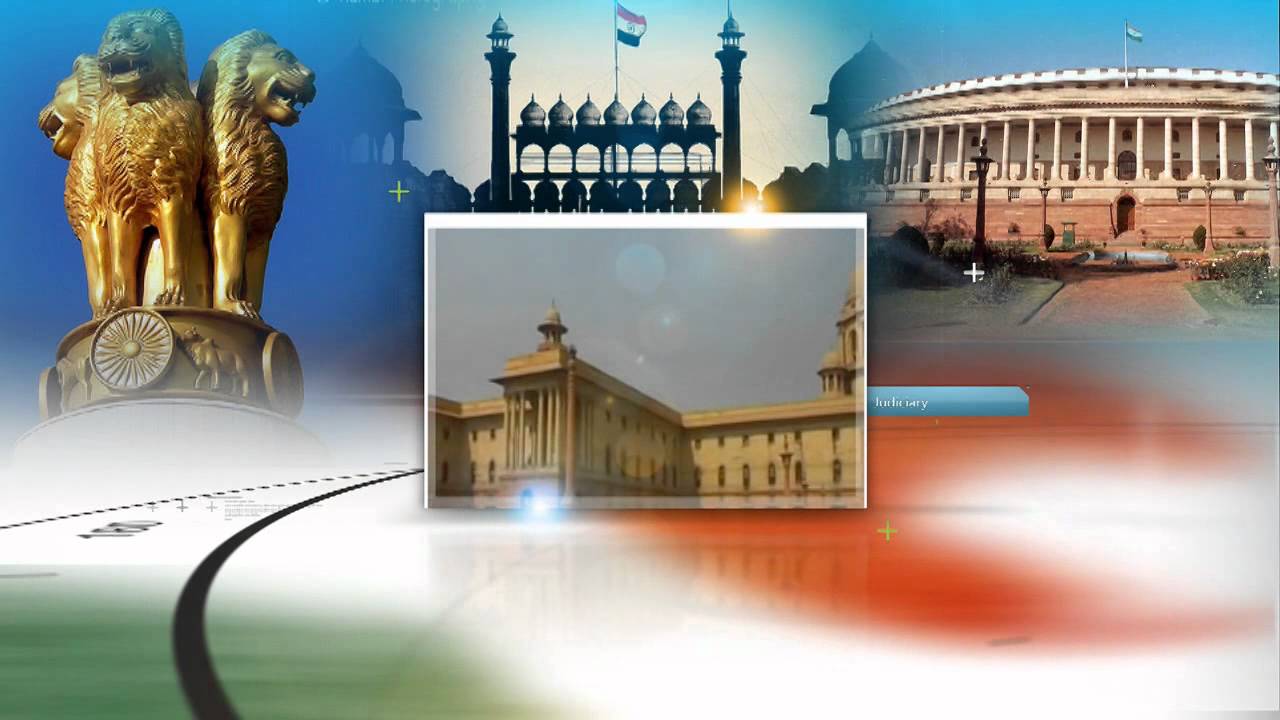Font size:
Print
Surat’s Emission Trading Scheme
World’s first particulate matter trading scheme in Gujarat
Context: The city of Surat in Gujarat became the world’s first to implement a market-based approach to control particulate matter emissions. Launched in 2019, the Surat Emissions Trading Scheme (ETS) has significantly curbed air pollution while reducing compliance costs for participating industries, according to a new study published in The Quarterly Journal of Economics.
More on News
- The initiative is the result of a collaboration between the Gujarat Pollution Control Board (GPCB) and researchers from the University of Chicago, Yale University, and the Abdul Latif Jameel Poverty Action Lab (J-PAL).
- Surat was chosen due to its industrial profile, where industry contributes ~1/3 of ambient PM pollution.
How the Surat ETS Works?
- The ETS operates on a cap-and-trade model, already used globally for greenhouse gases in Europe and China. In this system:
- A cap is placed on total permissible emissions across all participating plants.
- Each plant is allocated permits, with the flexibility to buy or sell permits based on their emissions.
- Non-compliant plants—those exceeding their caps without sufficient permits—face fines.
- The goal is to create economic incentives for industries to reduce pollution: plants that emit less can profit from selling permits, while those exceeding limits must purchase additional permits or pay penalties.
Implementation and Impact
- The market, hosted on the National Commodities and Derivatives Exchange e-Markets Limited (NeML) platform, began with a cap of 280 tons per month, based on theoretical maximum emissions.
- After continuous real-time monitoring, the cap was revised to 170 tons per month, aligning with actual emissions data.
- Between April 2019 and March 2021, a randomised controlled trial (RCT) studied 317 industrial plants, with 162 plants participating in the emissions market and 155 plants operating under traditional pollution regulations. The participating units were predominantly from Surat’s textile sector, which is a major contributor to the city’s air pollution.
- Emission reduction in absolute terms: from 3.6 kg/hour to 2.88 kg/hour, i.e., a reduction of 0.72 kg/hour.
Key Findings from the Study
- Pollution Reduction: ETS plants reduced particulate matter emissions by 20–30%.
- Compliance: Participating plants had valid permits 99% of the time.
- Cost Savings: These plants reduced their pollution control costs by 11%, making compliance more affordable.
- In contrast, non-participating plants failed to meet pollution norms for nearly one-third of the study duration.
Real-Time Monitoring and Mock Trials
- To ensure transparency and accountability, all participating plants were fitted with continuous emissions monitoring systems (CEMS) before the scheme’s launch. These systems recorded real-time emissions data, which was crucial for setting accurate caps and ensuring compliance.
- Prior to the full rollout, mock trading trials were held to familiarise industries with the trading platform and compliance requirements.
Permit Allocation and Auctions
- The GPCB allocated:
- 80% of the emissions cap as free permits, distributed proportionally based on each plant’s emissions potential (e.g., boiler size).
- The remaining 20% of permits were auctioned weekly.
- Plants were fined if they failed to obtain enough permits to match their emissions, ensuring enforcement and market integrity.
Broader Implications
- The Surat ETS proves that pollution markets can work in developing countries, delivering environmental and economic benefits simultaneously.
- Could serve as a model for replication in other cities facing industrial air pollution challenges.
- Demonstrates how scientific policy design, technology-backed enforcement, and economic incentives can come together for sustainable development.


